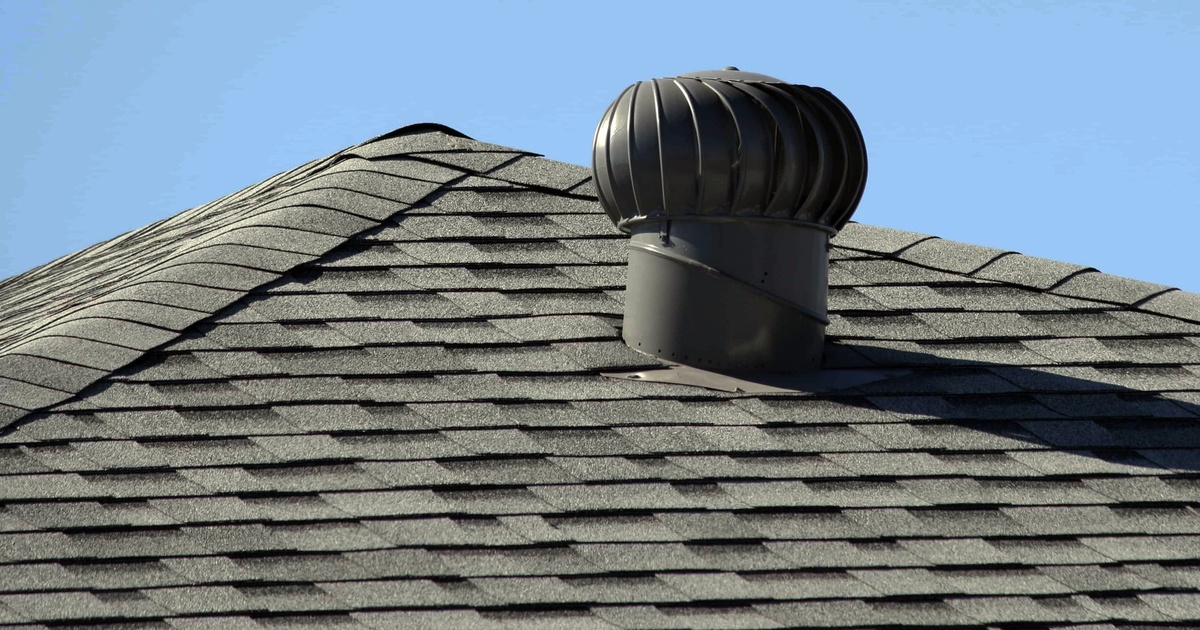Do you find yourself interested in info around The Upsides of Proper Ventilation in Plumbing Design?

Appropriate air flow in plumbing systems is often overlooked, yet it is important for preserving the functionality and safety and security of your home's plumbing. Ventilation aids regulate air pressure, protect against the buildup of damaging gases, and make certain the efficient removal of waste. In this guide, we will check out the relevance of correct pipes ventilation, how it works, and the benefits it offers your pipes system.
Recognizing Air Flow in Pipes
Ventilation in pipes refers to the network of pipes that allow air to flow via the drainage system. These vents offer numerous functions, including controling air pressure within the pipelines, protecting against drain gases from entering the home, and assisting in the smooth circulation of wastewater.
How Air Flow Works in Pipes Equipments
Atmospheric Pressure Guideline
Correct ventilation keeps balanced air pressure within the plumbing system. When water streams through pipes, it displaces air. Without adequate ventilation, this variation can create adverse stress, leading to slow drains pipes or siphoning of water from catches, which can create unpleasant smells to seep right into the home.
Preventing Drain Gas Build-up
Among one of the most important features of pipes vents is to stop sewer gases, such as methane and hydrogen sulfide, from building up within the home. These gases can position major health and wellness dangers and are extremely flammable. Vent pipes allow these gases to leave safely outdoors.
Helping in Waste Removal
Ventilation helps in the effective removal of wastewater by avoiding airlocks in the drain system. When air can stream freely through the vents, it allows water and waste to move efficiently with the pipes, decreasing the risk of blockages and backups.
Sorts Of Pipes Vents
Key Stack Vent
The primary pile vent, additionally called the vent pile, is the primary vent in a pipes system. It prolongs from the main drain align via the roof covering, enabling gases to escape and fresh air to go into the system.
Branch Vent
Branch vents connect to the primary stack vent and serve private components, such as sinks, commodes, and showers. These vents guarantee that each fixture has appropriate air flow to operate correctly.
Air Admittance Valve (AAV).
An Air Admission Shutoff (AAV) is a one-way shutoff that enables air to go into the pipes system without the requirement for a traditional air vent pipe extending via the roofing system. AAVs are frequently utilized in remodellings or locations where mounting a basic air vent is unwise.
Indicators of Poor Air Flow in Plumbing.
Slow Draining Fixtures.
If your sinks, bathtubs, or toilets are draining pipes slowly, maybe an indicator of bad ventilation. Poor air circulation can develop a vacuum cleaner impact, making it tough for water to drain correctly.
Gurgling Sounds.
Gurgling audios originating from drains are frequently a result of air being drawn with water catches due to unfavorable pressure in the pipelines. This is a clear sign of inadequate ventilation.
Undesirable Smells.
Sewage system smells inside your home are a red flag that your plumbing system is not properly aerated. This can indicate that drain gases are not being sufficiently vented outside, bring about potentially hazardous conditions.
Typical Air Flow Mistakes.
Poor Vent Sizing.
Using small air vent pipes can result in poor air circulation and pressure discrepancies in the system. It's vital to use vents that meet the details needs of your plumbing system.
Improper Vent Placement.
Positioning vents as well much from the fixtures they offer can minimize their effectiveness. Correct positioning makes certain that air can flow openly and efficiently through the system.
Ignoring Code Needs.
Building codes offer certain standards for pipes air flow. Disregarding these codes can lead to a system that stops working to work appropriately and might lead to expensive repair services or health hazards.
Benefits of Correct Ventilation.
Enhanced System Efficiency.
Properly ventilated plumbing systems run more efficiently, with less blockages, faster draining pipes, and much less pressure on the pipelines. This efficiency prolongs the life expectancy of the plumbing system.
Improved Air Top Quality.
By preventing sewer gases from entering your home, appropriate ventilation contributes to far better interior air high quality, making your living environment healthier and more comfy.
Avoiding Water Damage.
Appropriate ventilation helps prevent water from being siphoned out of traps, which can lead to sewer gases entering the home and creating water damage gradually.
Steps to Ensure Correct Air Flow.
Consulting Plumbing Codes.
Always seek advice from neighborhood plumbing codes when making or modifying your pipes system. These codes offer the needed guidelines for correct venting and guarantee your system fulfills security requirements.
Regular Assessment and Maintenance.
Normal inspections can help recognize possible air flow issues before they become major issues. Upkeep jobs, such as cleaning up air vent pipes and looking for clogs, are important for keeping the system in good working order.
Specialist Installation.
For brand-new installments or significant adjustments, it's wise to work with a professional plumber. They have the expertise to guarantee the air flow system is properly made and set up according to code.
Final thought.
Appropriate ventilation is an important component of any type of pipes system, guaranteeing that it operates successfully and securely. By comprehending the relevance of air flow, recognizing the signs of bad ventilation, and taking actions to keep your system, you can prevent expensive problems and secure your home's air quality.
What is a Plumbing Vent and it's used for?All plumbing systems in residential and commercials construction have a plumbing vent. It doesn’t just vent unwanted odors from the drainage system to the outside; it actually serves an important purpose by supplying air to the system.
The plumbing drainage system is actually called a drainage, waste and vent (DWV) system. When water flows down the piping, an air supply (vent) is needed to allow the water to flow. Think of the vertical pipe as a drinking straw. If you plug the top end of a straw, liquid won’t drain from it.
The DWV system in your building consists of a series of pipes connected to each fixture; they extend above each fixture, and the system terminates at an open pipe that extends through the roof. This piping allows air into the system and prevents unbalanced pressures in the piping.
?The vent also prevents the system from drawing water out of a trap at the fixture with the characteristic “glug-glug-glug” as the drain gasps for air. Plumbing traps should drain smoothly and never “glug” or gasp for air.
If you have a drain that empties slowly or gurgles as it drains, this may indicate a venting problem. If you flush a toilet and the sink gurgles, there’s definitely a vent problem. It is good idea to have a Plumber check this.
https://www.ameliashomeinspection.com/blog/what-is-a-plumbing-vent-and-its-used-for

I'm very focused on Essential Plumbing Vent Pipes: Understanding Their Role and I hope you enjoyed reading my blog posting. Sharing is caring. One never knows, you will be helping someone out. I love reading our article about Essential Plumbing Vent Pipes: Understanding Their Role.
Visit Site